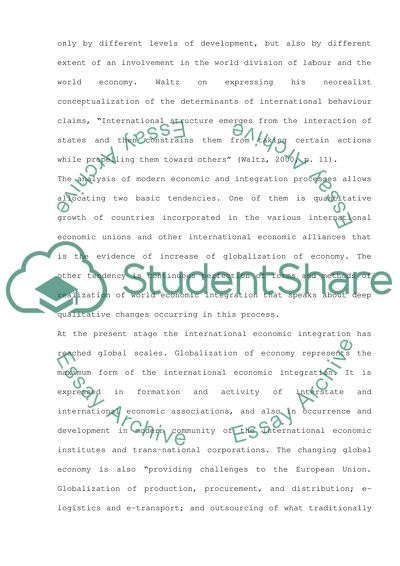Cite this document
(Social Policy in Central and Eastern Europe Assignment, n.d.)
Social Policy in Central and Eastern Europe Assignment. Retrieved from https://studentshare.org/social-science/1513638-international-economics-essay
Social Policy in Central and Eastern Europe Assignment. Retrieved from https://studentshare.org/social-science/1513638-international-economics-essay
(Social Policy in Central and Eastern Europe Assignment)
Social Policy in Central and Eastern Europe Assignment. https://studentshare.org/social-science/1513638-international-economics-essay.
Social Policy in Central and Eastern Europe Assignment. https://studentshare.org/social-science/1513638-international-economics-essay.
“Social Policy in Central and Eastern Europe Assignment”, n.d. https://studentshare.org/social-science/1513638-international-economics-essay.


